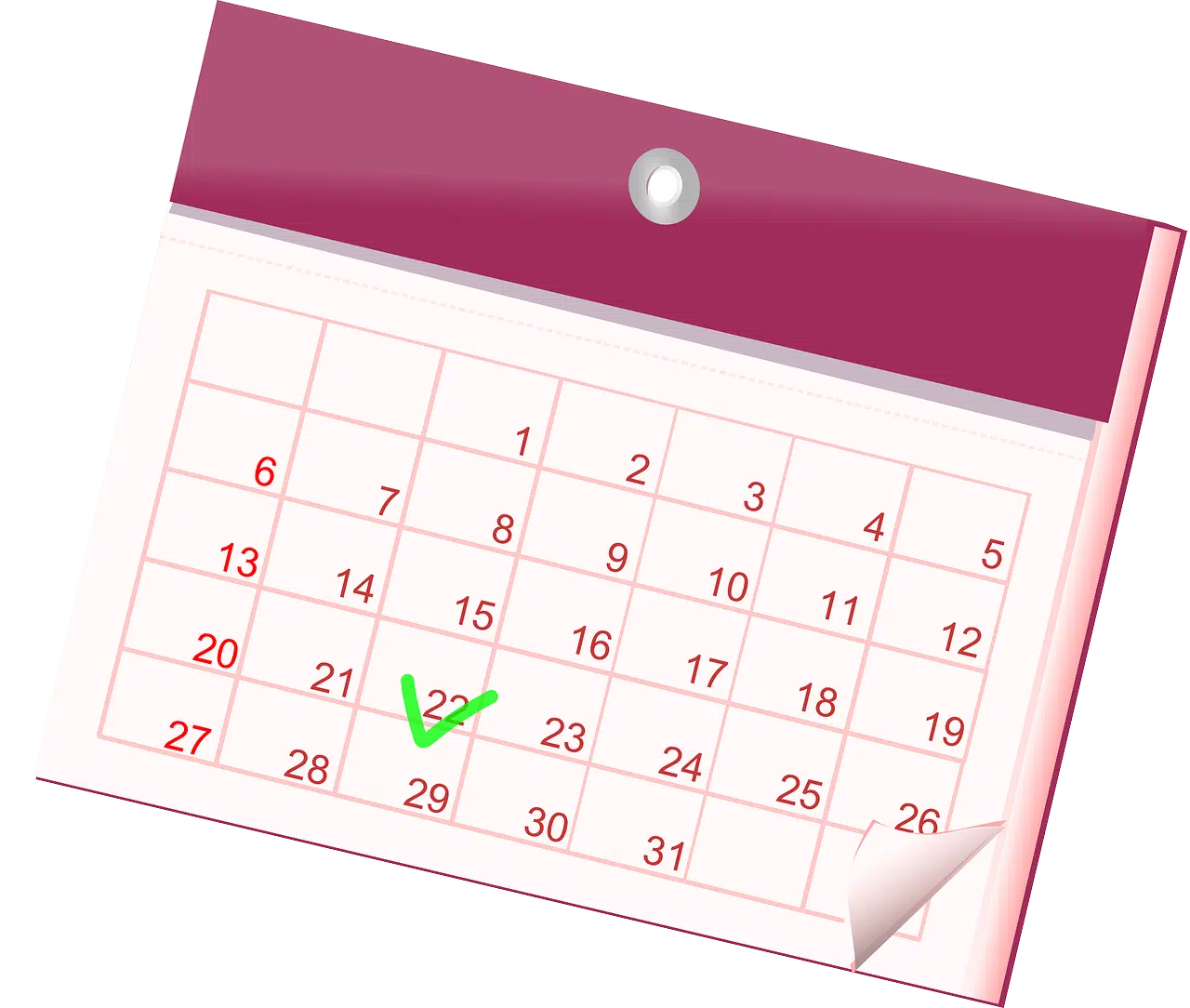
A year is divided into twelve months.
A year is a period of twelve months that begins on January 1 and ends on December 31 . The term, from the Latin annus , is also used as a unit of time, to measure the same number of months from any given day. For example: "My daughter will start primary school next year" , "If everything goes well, next year we will travel to Europe" , "I haven't taken a vacation for two years" , "Edgardo will only complete his rehabilitation next year". » , «I became a father for the first time in 1975» .
For astronomy , a year is the time it takes for planet Earth to orbit the Sun. The astronomical year lasts exactly 365 days, 5 hours, 48 minutes and 46 seconds . The usual calendar of the Western world (known as the Gregorian calendar ) establishes years of 365 or 366 days.
The Gregorian calendar
According to the Gregorian calendar, at the time of the most recent edition of this article we are in the year 2023 . This calendar was promoted by Pope Gregory XIII (who lent his name to the scheme) to replace the Julian calendar (established by Julius Caesar and based on the movement of the sun).
In the Gregorian calendar, year zero never existed, but rather it began directly with year one. The beginning of his account coincides with the supposed birth of Jesus Christ, although the historical evidence is contradictory. In any case, the Gregorian calendar allows us to speak of two eras: before Christ ( BC ) and after Christ ( AD ). At this moment, therefore, we are in the year 2013 AD

The New Year celebration is important worldwide.
New Year Celebration
Every year, on January 1st , humans celebrate the arrival of the new year in various ways. This celebration , so common today, is a relatively young phenomenon; The first record of its celebration dates back to 2000 BC. C. , during the March equinox. Other civilizations, such as the Egyptians, considered the year to begin with the autumn equinox, while the Greeks celebrated it on the winter solstice.
According to the ancient Roman calendar, the year began exactly on March 1, and the year consisted of ten months. In the names of some of the months as we currently know them, this organization has been implicit: the months that go from September to December, for us from the 9th to the 12th, were two positions lower, from the 7th ( septem means seven in Latin) to 10 ( decem is ten ).
Only in the year 153 BC. C. , also in Rome , the New Year was celebrated for the first time on January 1st. In fact, the month of January was added to the calendar around 700 BC. C. , and its existence is due to Numa Pontiluis , second king of Rome , who also included February. The beginning of the year was moved to January because it marked the beginning of the civil year, it was the month in which the two newly elected Roman consuls began their tenure . It is worth mentioning that it took some time until this date was respected without exceptions.
Julius Caesar presented in the year 46 BC. C. a new calendar, based on the sun, which constituted a great evolution with respect to the one used by Rome until then, which was guided by the cycles of the moon and was not very precise. It was called Julian and established January 1 as the official date of the beginning of the year.
During the European Middle Ages, celebrations related to the New Year were considered pagan and were abolished in 567 . On several occasions the celebrations were held on December 25 . Finally in 1582 , the arrival of the Gregorian calendar marked the restoration of January 1 as the first day of the year, although some countries waited a couple of centuries to adopt such changes.
